By The Guardian
Coinciding with a trip by the Taliban to Tehran last month, supreme leader Ayatollah Khamenei announcedthat all Afghan children in Iran – there illegally or not – had a right to enroll in school. Access to education has been fraught with obstacles for refugees. Michelle May, who has been specialising in the topic, looks at the Islamic republic’s track record over the past 36 years. Photos by Shahriar Khonsari
Iran’s bureau for aliens and foreign immigrants estimates that 1.4 to 2 million undocumented Afghans live and work in Iran. When combined with the smaller, formally registered refugee population, the total number increases to 2.4 to 3 million. It is estimated that at least 800,000 of them are children. Afghans in Iran reside mainly in urban areas – just 3% live in refugee camps.
Photograph: Shahriar Khonsari

The Soviet
coup in Afghanistan coincided with Iran’s 1979 revolution. Afghans were persecuted for religion under Soviet occupation, prompting many to seek refuge in the Islamic republic. For two decades the government of Iran provided Afghans the same benefits as poor Iranians such as free public education, healthcare, and food subsidies. The Afghan population filled a void in Iran’s labor market, as many poor Iranian children and adolescents were killed in the Iran-Iraq war. Because of the void in the work force, there was market demand for young low skilled workers.
Photograph: Shahriar Khonsari
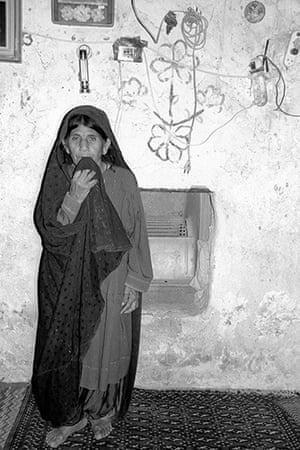
By many accounts, Iran had been an accommodating host, funding its own refugee response for the first two decades. However, since the US invasion of Afghanistan in 2001, Iran began introducing increasingly discriminatory education policies, dramatically impacting Afghan children.
Photograph: Shahriar Khonsari
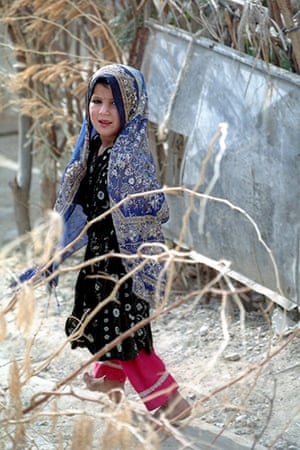
International sanctions have made it difficult and costly for NGOs and UN agencies to function inside Iran.
Photograph: Shahriar Khonsari
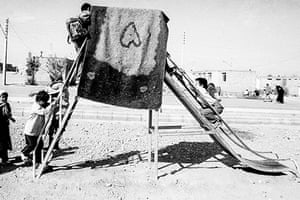
Feeling the bite of sanctions, in 2012, the Iranian government began introducing even more
domestic policies limiting the basic freedoms of Afghans in Iran – including freedom of movement and education. Afghan children in Iran no longer have access to a free education. In addition, because of arbitrary deportations due to lack of documentation, Afghan families have been separated from each other, and the rights and needs of the most vulnerable – unaccompanied minors – have been violated and ignored.
Photograph: Shahriar Khonsari
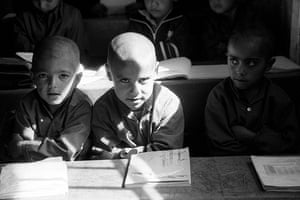
Although there is grey area defining the rights of refugees on one hand, and undocumented migrants on the other, those under the age of 18 in both groups have protection under the Convention of the Rights of the Child, which Iran ratified in 1994, as well as the Optional Protocol on the sale of children, child prostitution and child pornography, and the Optional Protocol on involvement of children in armed conflict. In addition, under Article 26 of the Universal Declaration of Human Rights, all children, regardless of their legal status, have the right to education.
Photograph: Shahriar Khonsari
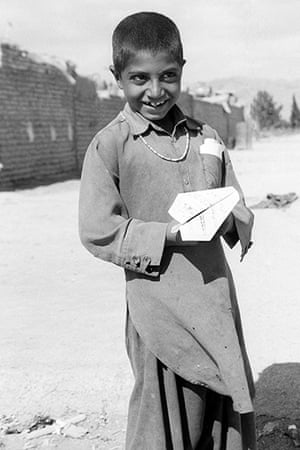
Moving up the ladder. One of the most frequently cited benefits to Afghan children residing in Iran is access to education that is not available in Afghanistan. In 1970s pre-war Afghanistan, literacy rates were 5-10% for boys and about 1% for girls. In Iran nearly 99% of the population age 15-24 is literate and 94% complete primary school.
Photograph: Shahriar Khonsari
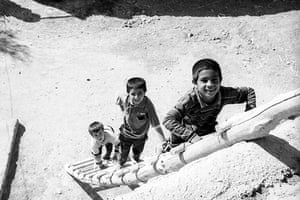
To some rural families in 1970s Afghanistan, sending girls to public school was seen as a “threat” to the honor of the family. Researchers have found that once Afghans were exposed to Iranian media and schools, they began to equate education with upward mobility. Some refugees who once left Afghanistan out of protest against compulsory education for girls, now try to remain in Iran so their daughters can stay in school.
Photograph: Shahriar Khonsari

Despite issues with access in Iran, overall education and literacy rates for Afghan children have improved. Since those without documentation could not attend public schools in Iran, informal Afghan-run schools cropped up around the country. However, with time these undocumented schools were targeted and shut down by the Iranian government.
Photograph: Shahriar Khonsari
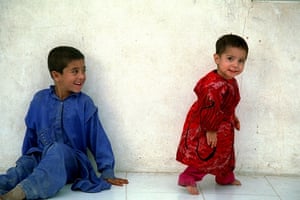
Today Afghan children without documentation are still not permitted to enroll in public schools. The Iranian government does not guarantee that children with documents can attend school. Both policies run afoul of the Universal Declaration on Human Rights, Article 26. In addition, Iran has implemented unique school fees for Afghan children that are arbitrarily and have dramatically changed from year to year.
Photograph: Shahriar Khonsari
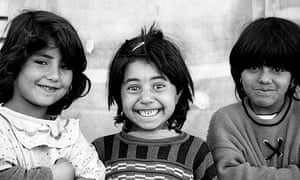
In Iranian domestic law, child employment is prohibited until the age of 15. However, a loophole exists for “domestic work,” meaning that many children who work in the home or in domestic workshops have no protection.
Photograph: Shahriar Khonsari
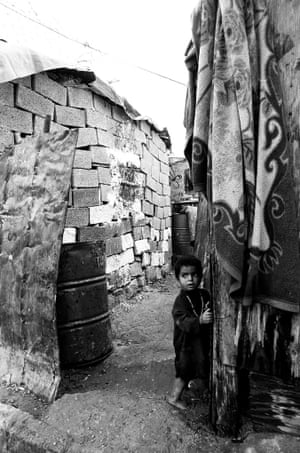
Documented or not, Afghan children in Iran should have the protections of the International Labor Organization, which Iran ratified in 2002, covering them from the worst forms of child labor, and setting minimum work age.
Photograph: Shahriar Khonsari
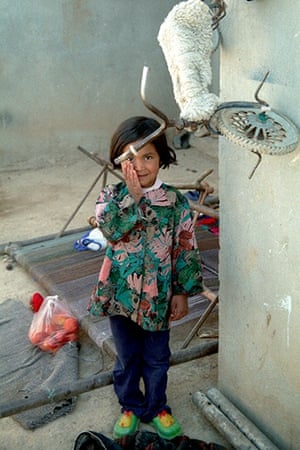
Michelle May is a psychologist specializing in child protection and education in armed conflict. You can follow her
@meshelmayPhotograph: Shahriar Khonsari

Source of the article: https://www.theguardian.com/world/iran-blog/gallery/2015/jun/01/a-report-card-iran-and-its-afghan-children













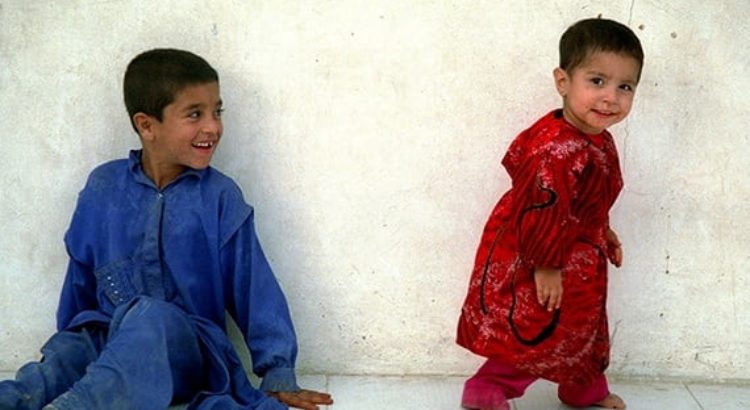







 Users Today : 185
Users Today : 185 Total Users : 35459780
Total Users : 35459780 Views Today : 345
Views Today : 345 Total views : 3418317
Total views : 3418317